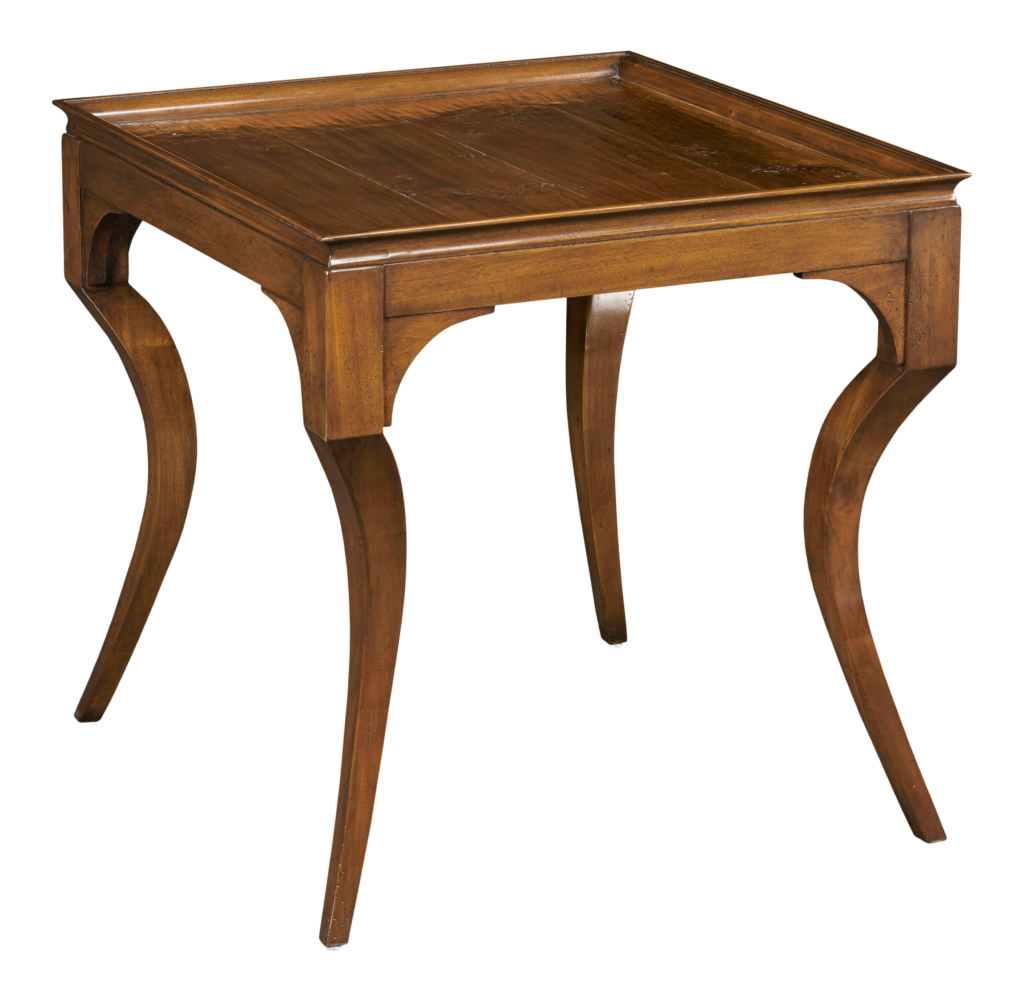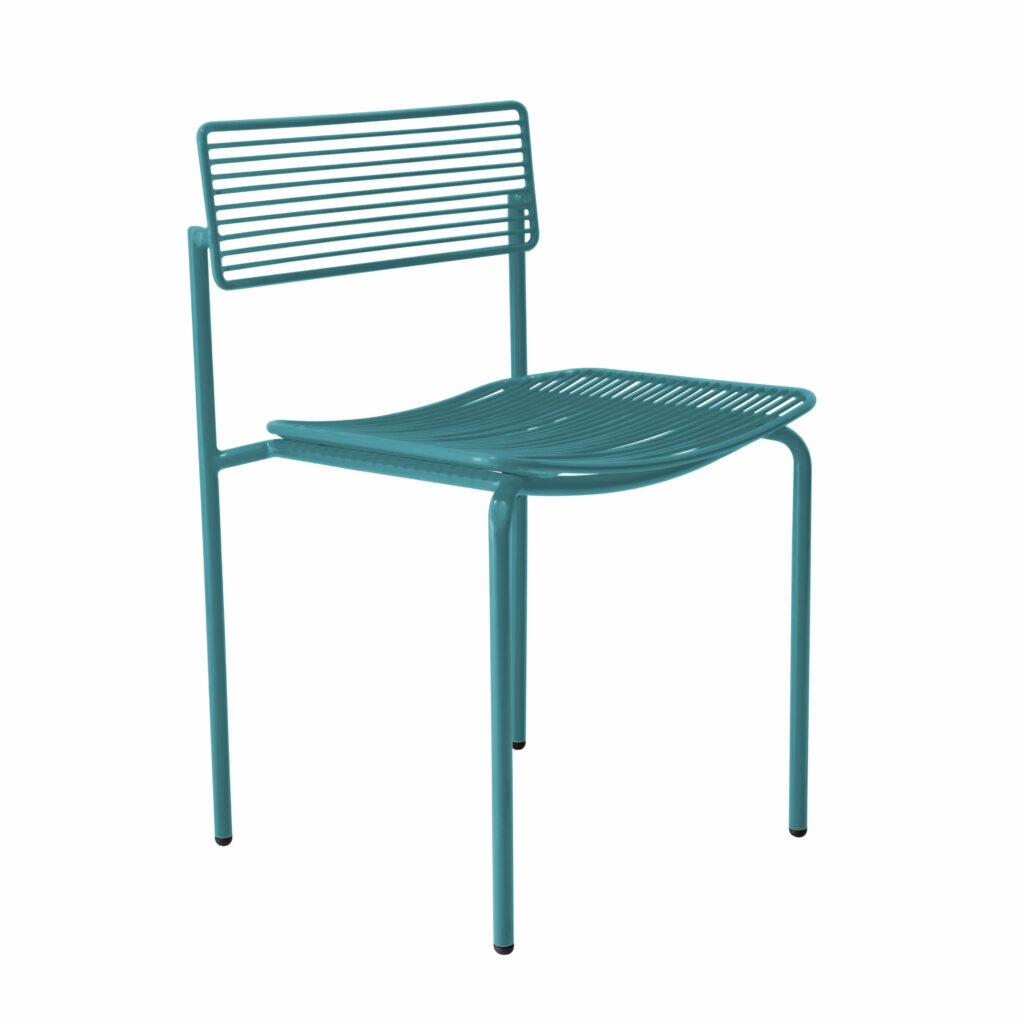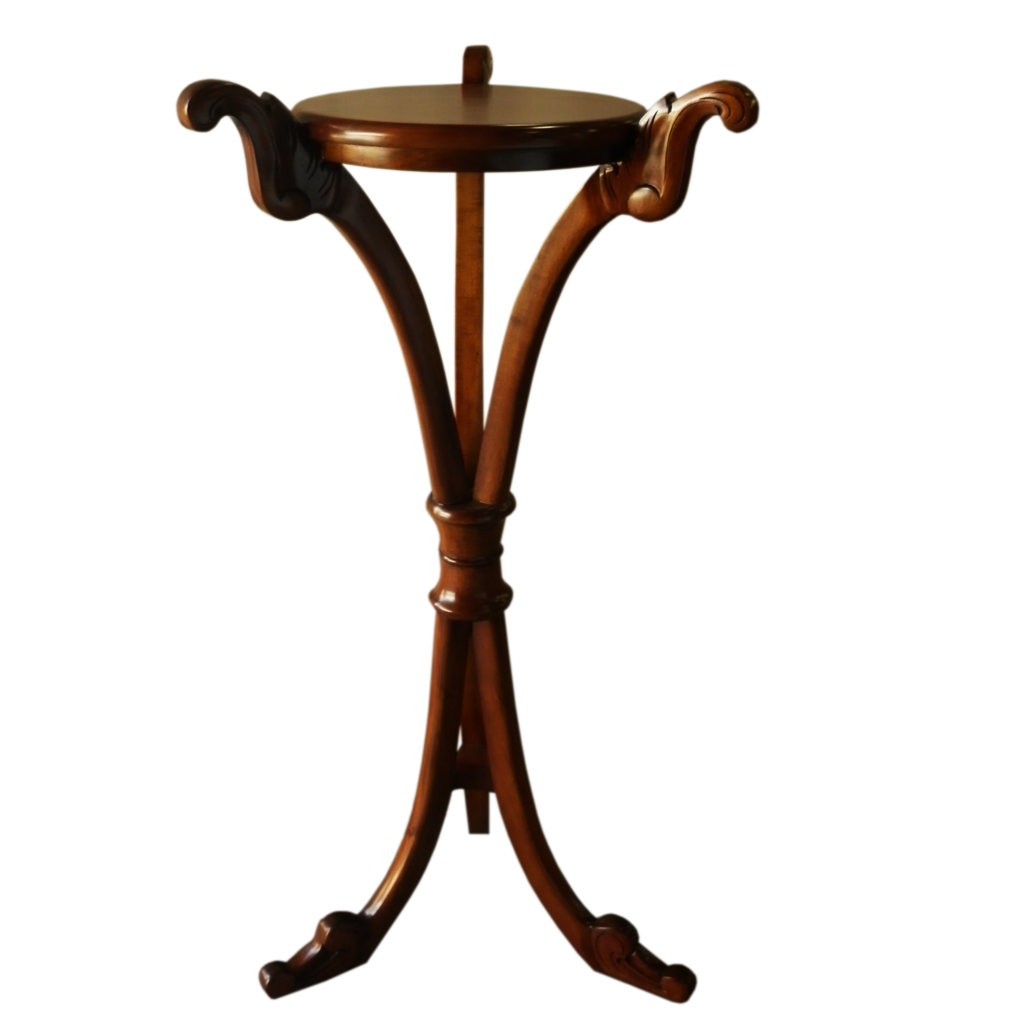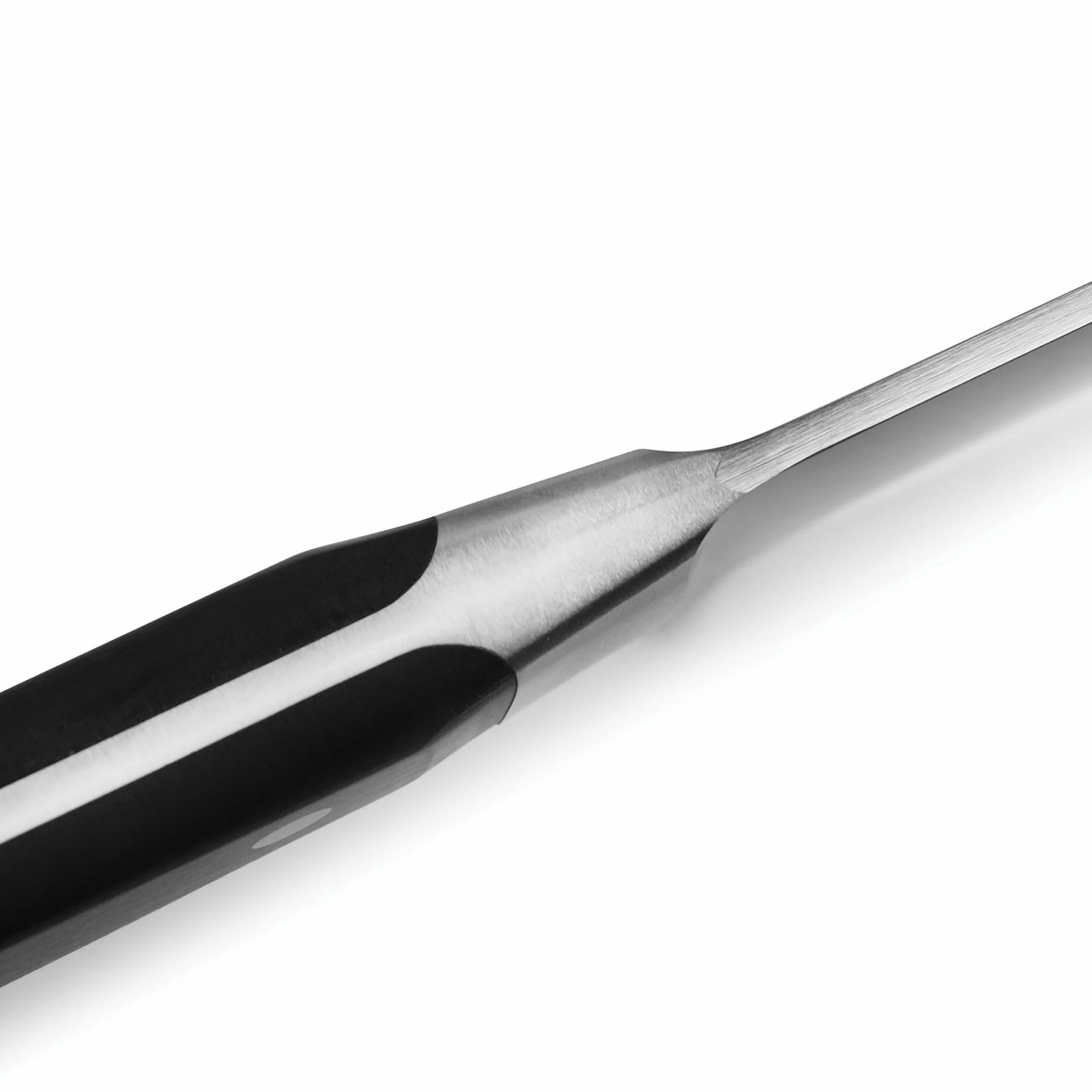
Discover the Elegance of Classic Italian Elevator Design
Classic Italian design is renowned for its elegance, sophistication, and attention to detail. This is no exception when it comes to classic elevators. Italian elevator design combines functionality with timeless beauty, creating a luxurious experience for passengers. From intricate metalwork to handcrafted wood paneling, classic Italian elevators are a testament to the country’s rich history of art and craftsmanship.
One of the most iconic features of classic Italian elevators is the use of wrought iron in their design. This material adds a touch of elegance and sophistication, while also providing strength and durability. The intricate patterns and designs found in the ironwork are a testament to the skill and creativity of Italian artisans. These elevators are not only functional but also serve as a beautiful piece of art that enhances the overall aesthetic of any building.
Classic Interior Design Style: Elevating the Experience
Classic interior design style is characterized by symmetry, balance, and harmony. These principles are also applied to classic elevator design, creating a cohesive and visually appealing space. From the use of luxurious materials such as marble and brass to the incorporation of ornate details and decorative elements, classic elevators are designed to provide passengers with a comfortable and visually stunning experience.
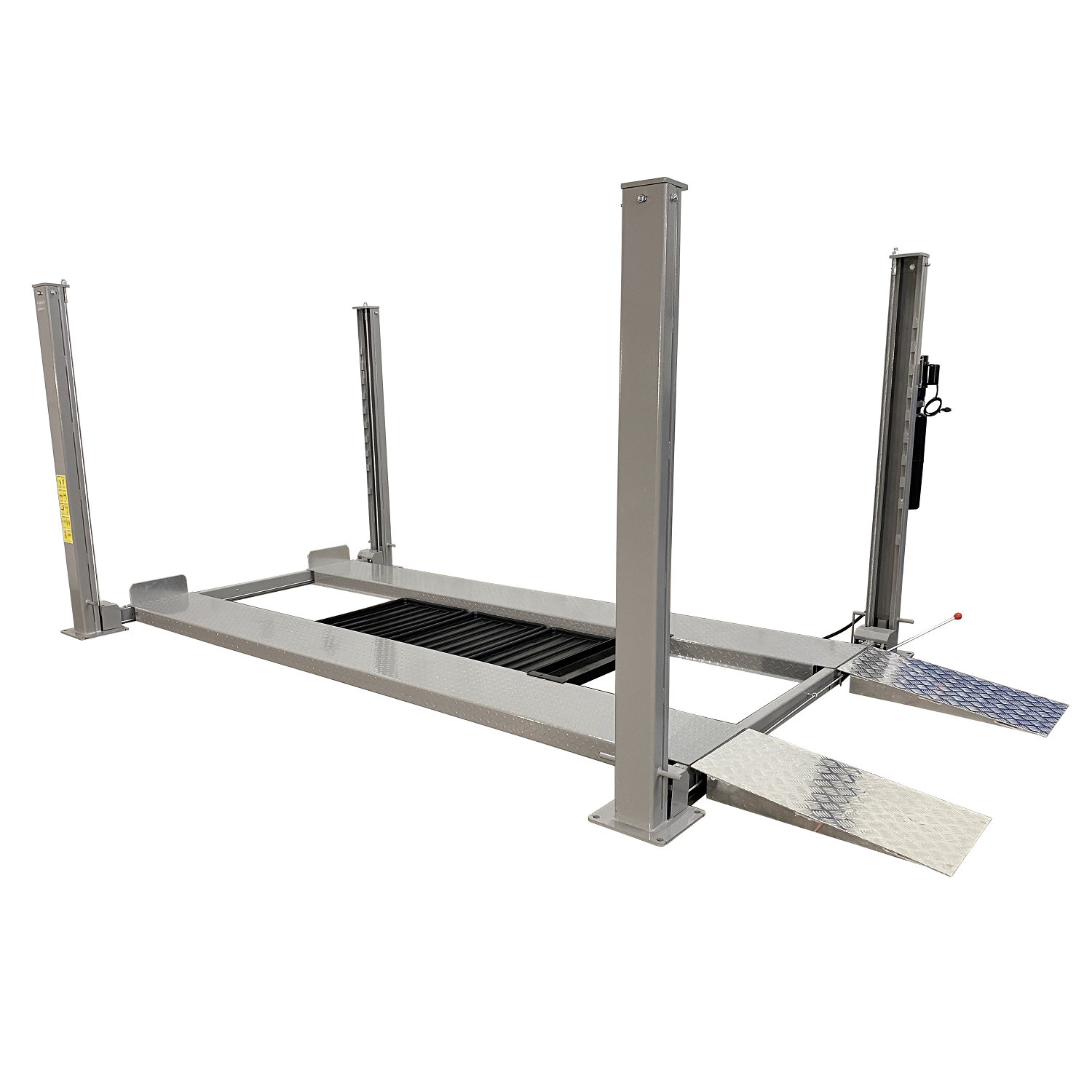
One of the key features of classic interior design style is the use of rich, warm colors. This is often reflected in classic elevator design through the use of wood paneling, plush carpeting, and elegant upholstery. The combination of these elements creates a warm and inviting atmosphere that makes passengers feel at ease during their journey.
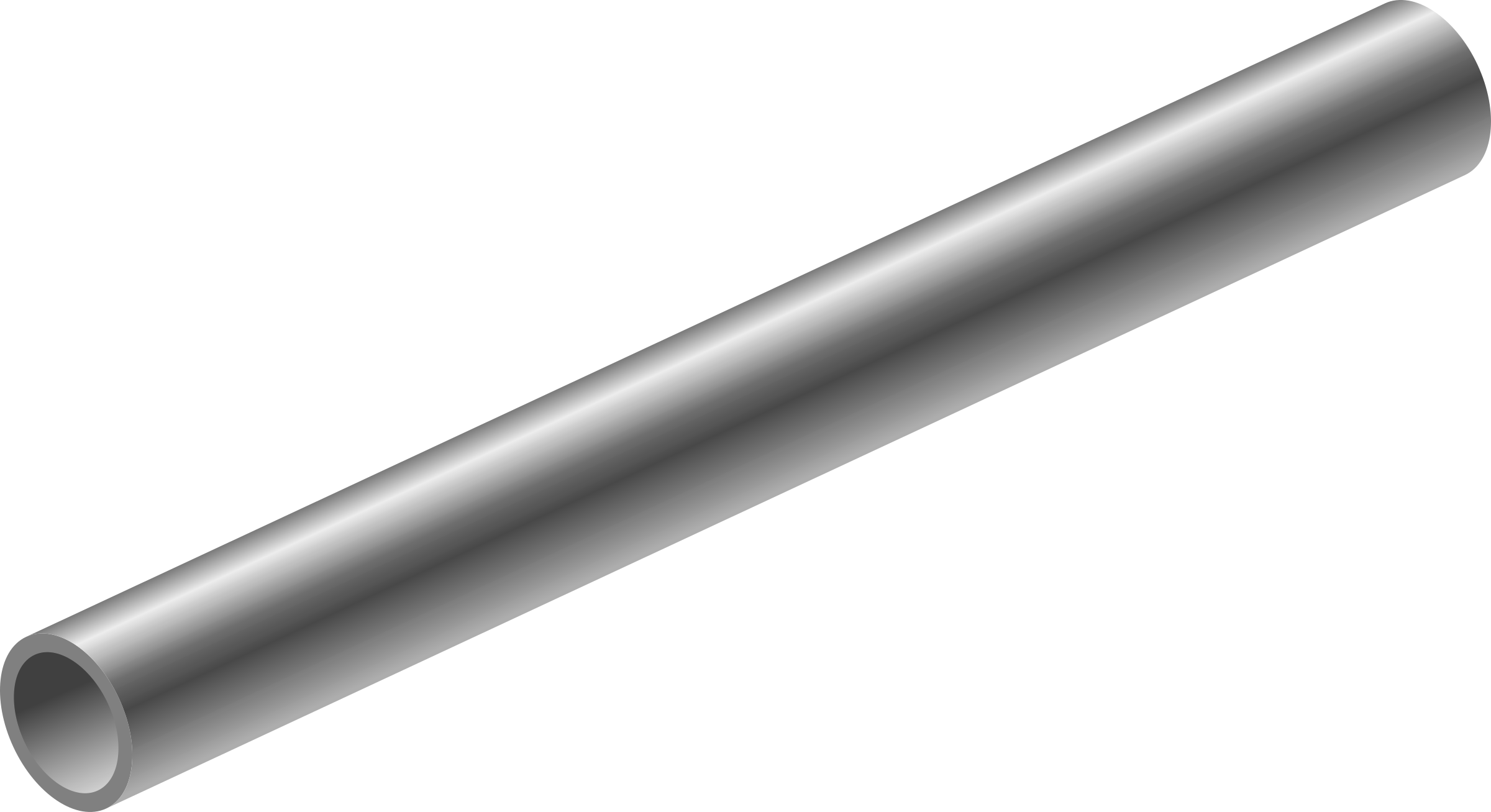
Classic Ceiling Design: A Timeless Touch of Elegance
Classic ceiling design is an essential element in the overall aesthetic of classic elevators. Often featuring intricate moldings, decorative medallions, and elegant chandeliers, classic ceiling design adds a touch of sophistication and grandeur to the elevator experience. These elements not only enhance the visual appeal of the space but also serve to create a sense of depth and dimension, making the elevator feel more spacious and inviting.
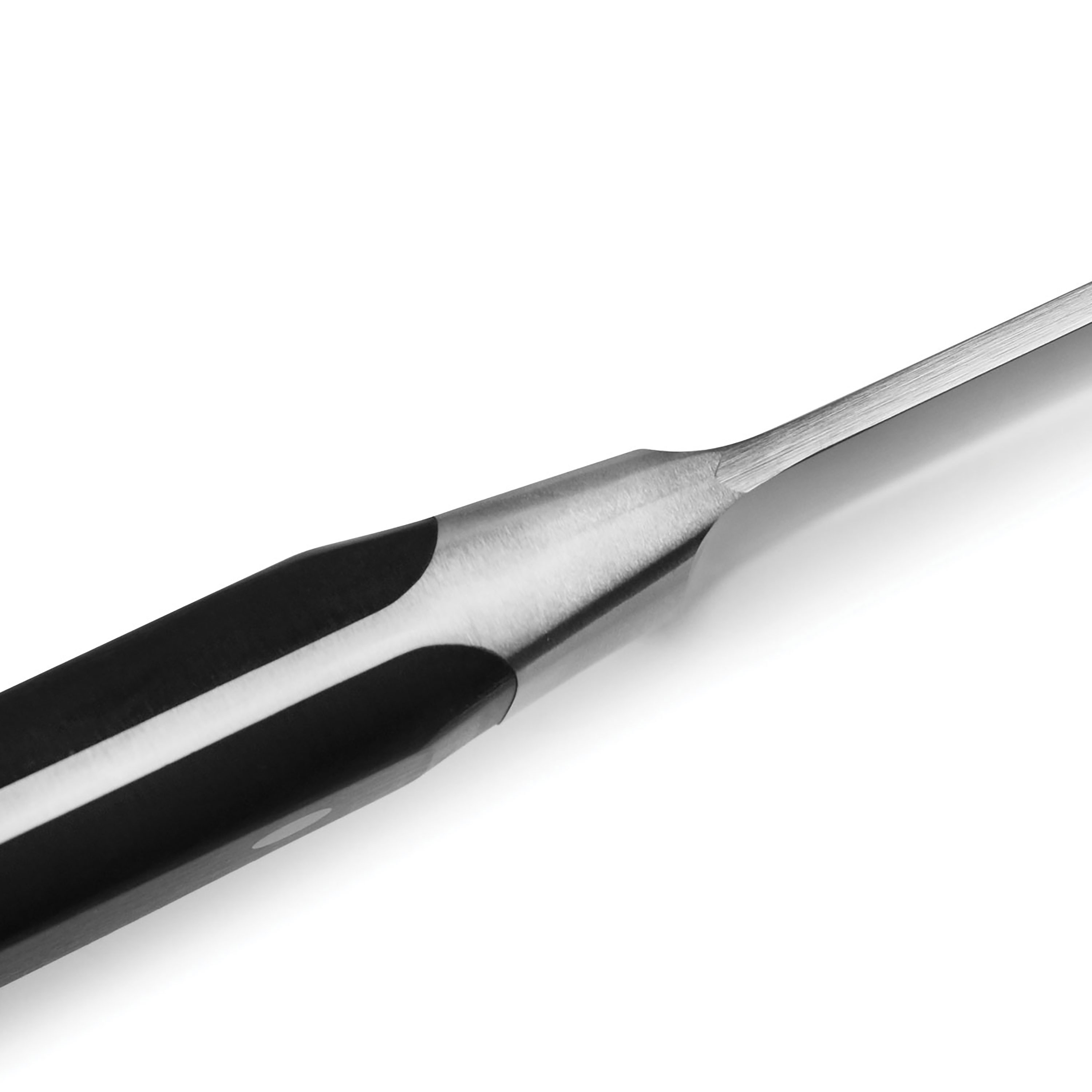
One of the most iconic features of classic ceiling design is the use of plaster moldings. These intricate designs are handcrafted by skilled artisans and can include a variety of motifs, such as floral patterns, geometric shapes, and ornate scrollwork. The addition of these decorative elements adds a layer of visual interest and elegance to the elevator’s interior, making it a truly memorable experience for passengers.
Luxury Classic Furniture Design: Elevating Comfort and Style
Luxury classic furniture design is characterized by its use of high-quality materials, intricate detailing, and timeless style. This approach to design can also be found in classic elevators, where seating and other furnishings are carefully selected to enhance the overall aesthetic and provide passengers with a comfortable and luxurious experience.
From plush upholstered benches to elegant side tables, the furniture found in classic elevators is designed to complement the overall design and create a cohesive and harmonious space. The use of materials such as leather, velvet, and mahogany adds a touch of opulence and sophistication, while the attention to detail in the craftsmanship ensures that these pieces are both functional and visually stunning.
Classic Elevator Innovations: A History of Technological Advancements
While classic elevators are known for their timeless design and elegance, they also have a rich history of technological advancements. From the invention of the safety elevator by Elisha Otis in the 19th century to the development of modern traction elevators, classic elevators have continually evolved to meet the needs of passengers and improve overall safety and efficiency.
One of the most significant innovations in classic elevator technology is the introduction of the counterweight system. This innovation allowed for the use of smaller motors and reduced energy consumption, making elevators more efficient and environmentally friendly. Additionally, the development of advanced control systems and sensors has improved the overall safety and reliability of classic elevators, ensuring that passengers can enjoy a smooth and worry-free journey.
Preserving Classic Elevators: The Importance of Restoration and Maintenance
As architectural and design treasures, classic elevators require proper care and maintenance to preserve their beauty and functionality. Regular maintenance, such as lubricating moving parts and inspecting safety systems, is essential to ensure the longevity and reliability of these elevators. Additionally, restoration projects can help to preserve the original design and craftsmanship, ensuring that future generations can continue to enjoy the timeless elegance of classic elevators.
From the use of authentic materials and techniques to the careful attention to detail, restoration and maintenance projects play a crucial role in preserving the history and beauty of classic elevators. By investing in the care and preservation of these architectural gems, we can ensure that they continue to serve as a testament to the skill and creativity of the artisans who crafted them and the technological advancements that have shaped their evolution.

